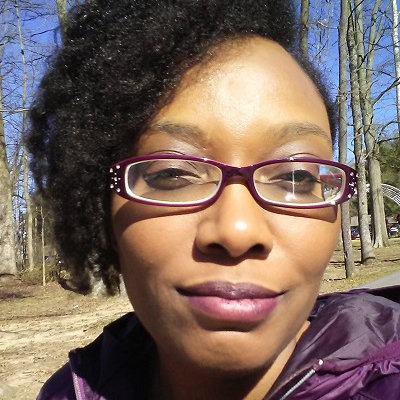Creating a bird house haven

If you want to make your home a haven for birds, one of the best things you can do is to put up a bird house or bird shelf. They will predominantly need them towards the end of winter when they are preparing to mate and nest. Although they would be beneficial for the later winter months, you can still create a decorative look to enhance your garden or yard while creating a home for our feathered friends. Creating a decorative exterior will beautify, at the very least enhance your yard. You can go to any craft store to find some styles of bird houses or custom create your style of bird house to fit your expectations.
If there’s a certain type of bird you’d like to catch the attention of, then you’ll want to get a house in which that type of bird prefers to live, because different kinds of birds favor different kinds of houses. Here is a little guide on different kinds of aviary habitats and the birds that prefer them:
Enclosed houses
Wrens, bluebirds and tree swallows like single, enclosed birdhouses the best. Bluebirds and tree swallows will stay in a house in a fairly open area, but wrens prefer enclosed houses surrounded by some sort of shrubbery.
Bird shelves
Robins and phoebes will not stay in an enclosed house, so if you want to attract these species, putting up a bird shelf would be your best bet.
When looking for the house, first and foremost, make sure that it will be secure for the birds. It should definitely have holes on the top and bottom for ventilation and drainage. Also, it’s best to pick a house that does not have a perch by the entrance, since this can catch the attention of cats. Also make sure that you don’t place the house near predators, for instance, you wouldn’t want to place one in a yard with outside cats or dogs.
Placement plays a significant role in other ways as well. The entrance hole should be facing the north or east to prevent overheating during hot summers. You should also place no more than one house per tree for the same species, have no more than four nest boxes per acre for any one species of small bird (wrens, chickadees), and place no more than one house per acre for any one kind of larger bird (like robins).
It is also best to place houses on metal poles rather than wooden ones; this will help keep predators away. You want a place where the birds can securely construct their homes, and if you take these safety measures, you’re likely to have the most enjoyable aviary sanctuary on the block.
I would suggest doing research to find which species of birds are most common for your location then you will know what style of birdhouse will work best for their needs. Enjoy your project and congratulations for taking a helping hand for nature.
If there’s a certain type of bird you’d like to catch the attention of, then you’ll want to get a house in which that type of bird prefers to live, because different kinds of birds favor different kinds of houses. Here is a little guide on different kinds of aviary habitats and the birds that prefer them:
Enclosed houses
Wrens, bluebirds and tree swallows like single, enclosed birdhouses the best. Bluebirds and tree swallows will stay in a house in a fairly open area, but wrens prefer enclosed houses surrounded by some sort of shrubbery.
Bird shelves
Robins and phoebes will not stay in an enclosed house, so if you want to attract these species, putting up a bird shelf would be your best bet.
When looking for the house, first and foremost, make sure that it will be secure for the birds. It should definitely have holes on the top and bottom for ventilation and drainage. Also, it’s best to pick a house that does not have a perch by the entrance, since this can catch the attention of cats. Also make sure that you don’t place the house near predators, for instance, you wouldn’t want to place one in a yard with outside cats or dogs.
Placement plays a significant role in other ways as well. The entrance hole should be facing the north or east to prevent overheating during hot summers. You should also place no more than one house per tree for the same species, have no more than four nest boxes per acre for any one species of small bird (wrens, chickadees), and place no more than one house per acre for any one kind of larger bird (like robins).
It is also best to place houses on metal poles rather than wooden ones; this will help keep predators away. You want a place where the birds can securely construct their homes, and if you take these safety measures, you’re likely to have the most enjoyable aviary sanctuary on the block.
I would suggest doing research to find which species of birds are most common for your location then you will know what style of birdhouse will work best for their needs. Enjoy your project and congratulations for taking a helping hand for nature.

Related Articles
Editor's Picks Articles
Top Ten Articles
Previous Features
Site Map
Content copyright © 2023 by Maureen L Staccato. All rights reserved.
This content was written by Maureen L Staccato. If you wish to use this content in any manner, you need written permission. Contact Toni for details.


